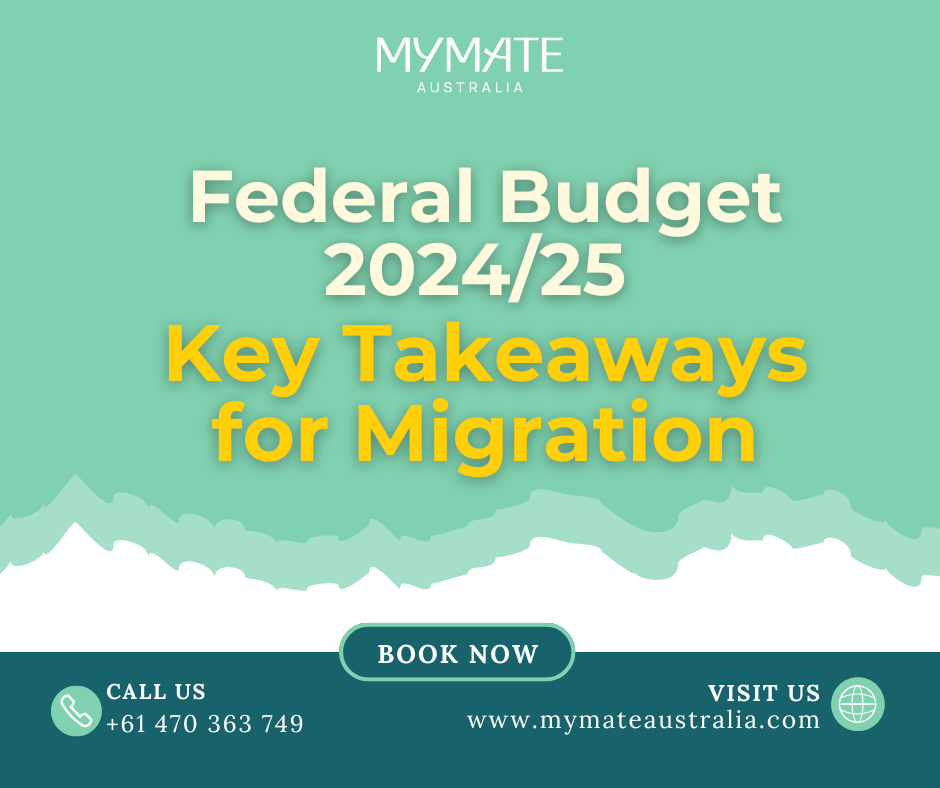In December 2023, the federal government unveiled a comprehensive new Migration Strategy set to impact individuals currently studying and working in Australia, as well as future applicants. This strategy aims to streamline the visa system, address labor and skills shortages, and combat the exploitation of migrant workers and the issue of ‘permanent temporariness’ among visa holders.
Some changes have already taken effect, while many will begin on 1 July 2024. Here’s an overview of the key updates:

The Australian pathway has changed significantly starting in 2024. Read more
Visa Ballot Process
Starting 1 July 2024, the government will implement a pre-application ballot process for certain visas:
- Nationals of China, Vietnam, and India who wish to undertake a working holiday in Australia must apply for a limited number of places via a ballot, which requires a $25 fee.
- If selected, they can apply for the Work and Holiday visa (subclass 462). This new system replaces the ‘first-come-first-served’ model, aiming to be fairer and more efficient.
Caps for the Work and Holiday visa are:
- Vietnam: 1,500 places.
- India: Expected to be 1,000 places.
- China: 5,000 places.
Additionally, a ballot will be introduced for a new visa for young professionals from India.
New Visa for Young Indian Professionals
From 1 July, Indian nationals aged 18-30 with qualifications in technology fields will be eligible for a new temporary visa under the MATES (Mobility Arrangement for Talented Early-professionals Scheme). This pilot program offers 3,000 places for primary applicants with qualifications in areas such as renewable energy, mining, engineering, ICT, AI, fintech, and agtech. The application fee is $365, and family members do not count towards the cap.
Reference: Link
Onshore Student Visa Applications
From 1 July, restrictions will tighten on who can apply for Student visas while in Australia. Holders of certain Visitor, Maritime, and Temporary Graduate visas will no longer be eligible to apply for Student visas onshore. Affected visas include:
- Temporary Graduate (subclass 485).
- Visitor (subclass 600).
- Electronic Travel Authority (subclass 601).
- Medical Treatment (subclass 602).
- eVisitor (subclass 651).
- Maritime Crew (subclass 988).

Temporary Graduate Visas
Changes to the Temporary Graduate visa (subclass 485) include:
- Renaming streams and reducing the age limit to 35 years, except for research students and certain passport holders who remain eligible until 50.
- Adjusted lengths of stay based on the qualification level and whether the education was completed in a regional area.
Temporary Skills Visas
For holders of Temporary Work (Skilled) (subclass 457), Temporary Skill Shortage visa (subclass 482), and Skilled Employer Sponsored Regional (provisional) (subclass 494), the period to find a new sponsor or arrange other visa plans has been extended to:
- 180 days at a time
- A maximum of 365 days across the visa period Visa holders can work for other employers during this time.

Business Innovation and Investment Program (BIIP)
The BIIP (subclass 188) will close to new allocations from 1 July 2024. A National Innovation visa, set to launch at the end of 2024, will replace it. Current BIIP holders eligible for the permanent subclass 888 can still pursue that pathway.
Future Changes
- Skills in Demand Visa: To be introduced towards the end of 2024, this visa will replace the Temporary Skill Shortage visa (subclass 482) and offer pathways for Specialist, Core, and Essential Skills.
- National Innovation Visa: Designed to attract high-performing researchers and investors, this visa will consolidate and replace the Global Talent visa (subclass 858) and the BIIP.
Reference: Link
Stay informed and plan your pathway to permanent residence with MyMate Australia. Contact our team for personalized guidance and support through these significant changes.


